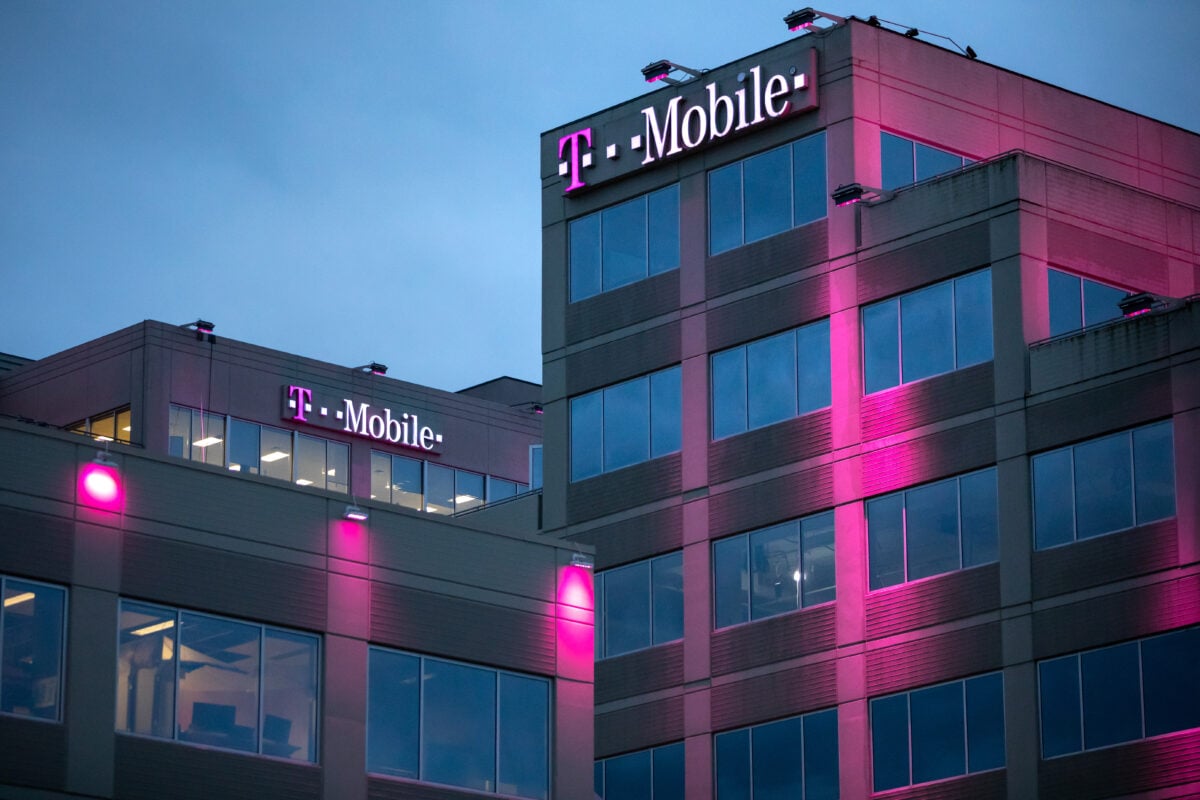TLDRs:
Contents
- T-Mobile and SpaceX will launch a satellite messaging service across the U.S. on July 23, starting with SMS and MMS.
- The service works on most smartphones without extra hardware and costs $10 per month, even for non-T-Mobile users.
- Data connectivity for select apps is expected in October, expanding the service’s capabilities beyond texting.
- T-Mobile’s move positions it to lead the growing satellite communications market and expand coverage into underserved regions.
T-Mobile is set to roll out a new era of mobile connectivity on July 23 with the nationwide launch of its satellite messaging service, developed in partnership with SpaceX’s Starlink.
The initiative, known as T-Satellite, is designed to bring basic mobile communication to areas that have long been out of reach, from rural farmlands to national parks. This comes after six months of beta testing and a gradual expansion of capabilities, setting the stage for a major shift in the telecom landscape.
The service will debut with support for SMS on both Android and iOS devices, while Android users will also be able to send MMS messages. iOS support for multimedia messaging is slated to follow later. At launch, the messaging feature will be bundled into T-Mobile’s “Experience Beyond” plan or offered as an add-on for $10 per month, regardless of the user’s mobile carrier.
Starlink Partnership Ushers in a Hardware-Free Future
Unlike competing services that require specialized equipment, T-Mobile’s satellite messaging feature works seamlessly with smartphones from the past four years, thanks to its collaboration with Starlink. This eliminates the need for additional hardware, a move that significantly lowers the barrier to entry for users and broadens the service’s potential reach. It also allows non-T-Mobile customers to participate in the rollout, a rare move in the carrier-dominated U.S. mobile market.
By leveraging Starlink’s low Earth orbit satellites, the system will provide coverage to over half a million square miles of previously unconnected terrain. From emergency communications in disaster-prone regions to casual messaging in remote vacation spots, T-Mobile aims to fill a long-standing connectivity gap.
A Broader Strategic Play into the Future of Connectivity
T-Mobile’s satellite ambitions are more than a customer service perk. They align closely with the company’s larger strategy to extend its leadership in network coverage, which was recently reinforced when it claimed top spot in Ookla’s nationwide mobile performance rankings. With more towers than its rivals and a strong spectrum portfolio, T-Mobile is looking to complement its existing infrastructure with space-based solutions.
The phased rollout strategy begins with text messaging, but a data connectivity upgrade is already on the horizon, expected to arrive by October. Initially, only a few apps like AllTrails, AccuWeather, and WhatsApp will be enabled for satellite-based data, but discussions are underway with tech giants like Apple and Google to expand this list. This conservative rollout mirrors how traditional mobile networks evolved, focusing on manageable bandwidth usage and gradual service optimization.
A Timely Move as Satellite Communications Gain Momentum
T-Mobile’s timing could prove pivotal. The satellite communications industry, which had seen years of stagnation, is now on the cusp of significant growth. Analysts project the market will hit $19.4 billion by 2028, driven by demand for consumer services like in-flight Wi-Fi, rural connectivity, and emergency communication. With competitors still in earlier stages of deployment, T-Mobile’s ready-to-launch approach gives it a strong head start.
Earlier tests involving Apple, SpaceX, and T-Mobile in January hinted at the viability of satellite texting on iPhones. Unlike Apple’s existing Globalstar service, which requires users to point their devices skyward, Starlink’s system works automatically, even from inside a pocket. That difference in usability could help push satellite messaging from niche to mainstream in record time.


